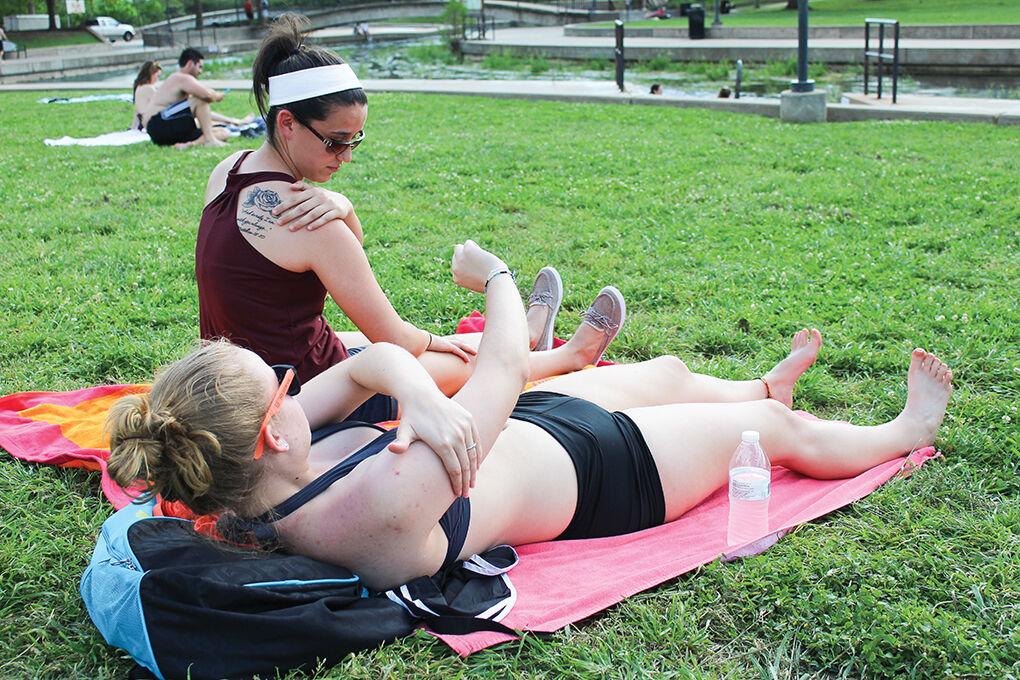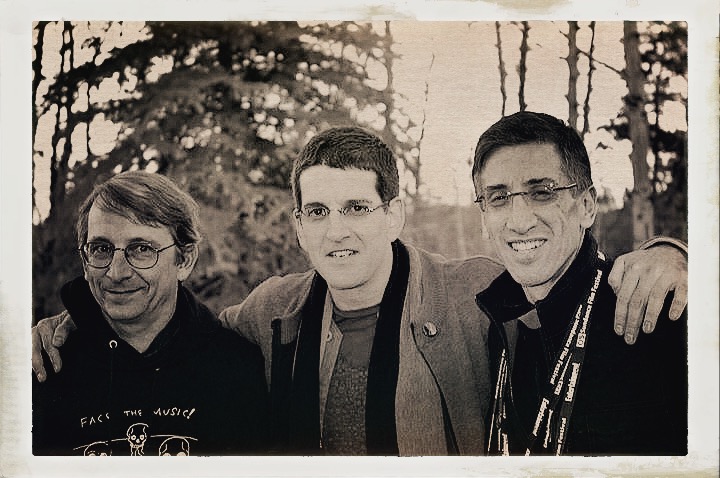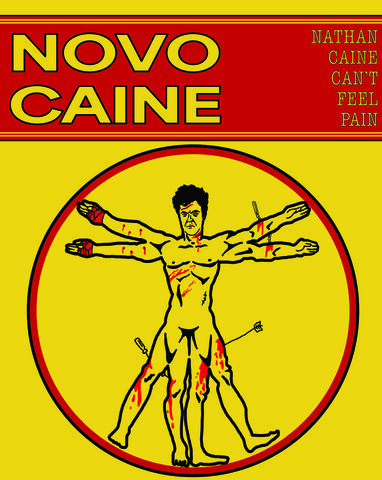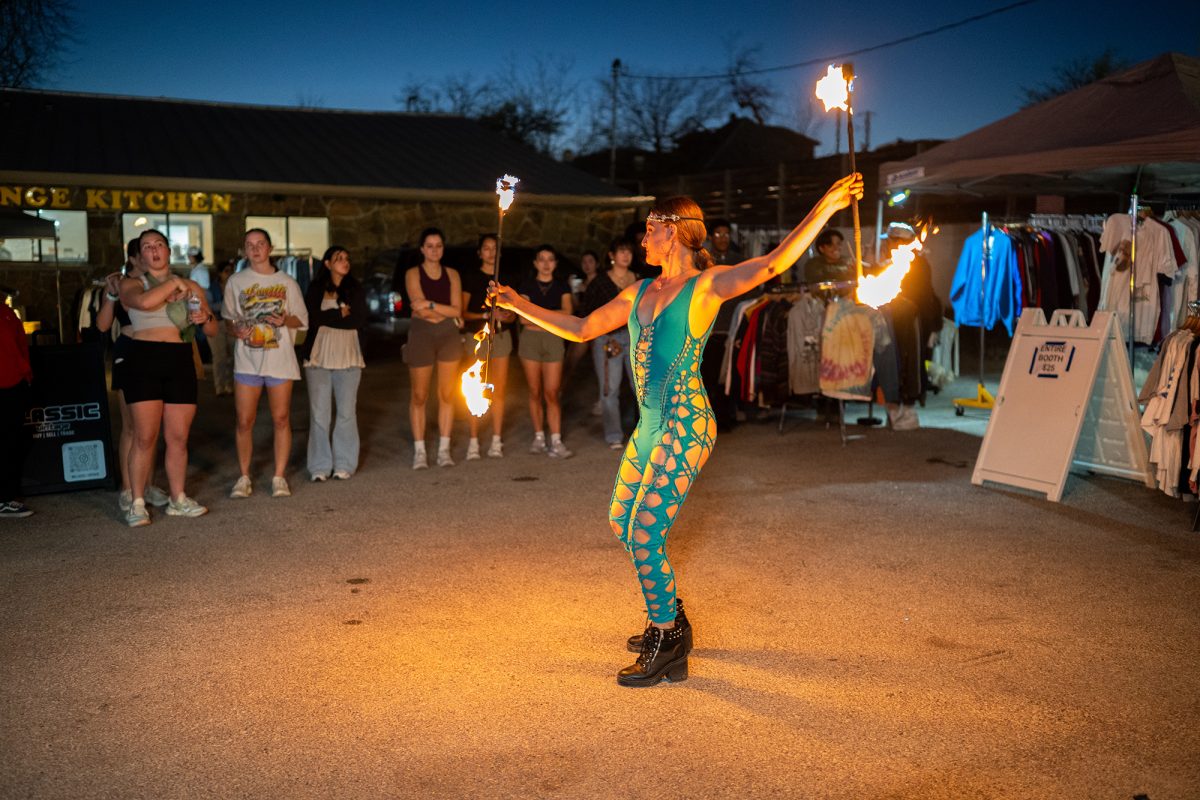Warmer days and sunnier skies are on the horizon. That time of year when students ditch their sweaters and reach for their swimsuits is closer then it feels.
Before deciding to catch a tan at Sewell Park or take time to bronze up in a tanning bed, it is important to be knowledgeable of the dangerous effects tanning can have on the skin.
The idea of tanning was popularized by fashion designer Coco Chanel in the 1920s. At the time, white Americans desired to have tanned skin as it was a representation of good health and wealth.
According to SkinCancer.org, people would spend hours in the sun in an attempt to achieve a tanned skin appearance. However, people were unsatisfied when they appeared more sunburned rather than suntanned. Thus, the desire for a product that would help tan the skin rather than leave it red and burned was on the rise. By 1927, the tanning oil Huile de Chaldée promised to put an end to sunburns.
There have been countless praises for sun-tanning; many believe it gives skin a warm and healthy glow. However, sun-tanning is extremely dangerous and can lead to numerous health consequences.
It’s no secret that one of Texas State’s most popular features is Sewell Park. Year-round, students are seen doing yoga, swimming along the San Marcos river and laying out on Bikini Hill.
As fun as it may be laying out in the sun in between classes, it is important for students to realize tanning is more than sunshine and selfies.
Not only does sun-tanning increase the risk of developing skin cancer, but it is extremely damaging to the skin due to the fact skin does not begin to tan until ultraviolet rays have penetrated through it and begin to disrupt DNA.
Ashley Velasco, finance senior, said she enjoys going to Sewell Park or her apartment’s pool to tan with her friends. After experiencing a severe sunburn her junior year of high school, she now is sure to protect her skin.
Velasco said her sunburn was so harsh her body was covered in painful blisters.
“Ever since then, I’ve been more cautious,” Velasco said. “I moisturize my skin if I’m going to be out in the sun and like to use lotions that have UV protection on my face.”
Velasco worked as a lifeguard the summer before her freshman year of college. She said a few months after being hired, she noticed a mole appear on her toe.
“My doctor said not to really worry about it but to keep an eye on it,” Velasco said.
According to CancerCenter.com, most moles are harmless. However, having a large number of moles can increase one’s risk of developing melanoma. It is encouraged to speak with a dermatologist if moles are asymmetrical, have irregular edges, contain various colors or evolve in shape, size or color.
Students who do choose to sun tan should take caution in protecting their skin. According to CancerCenter.com, it is recommended to use a sunscreen with a sun protection factor (SPF) of 30 or higher. Additionally, it is encouraged to take extra precaution between 10 a.m. and 4 p.m.; that is when the sun is strongest.
Advocates believe tanning beds are a healthier alternative to outdoor tanning. However, this is far from the truth. The damage from tanning beds can lead to skin aging as well as skin cancer.
According to SkinCancer.org, it is estimated that users of tanning beds under the age of 35 increase their risk for melanoma by 75 percent, as well as basal cell carcinoma. Any history of indoor tanning can increase one’s risk of developing basal cell carcinoma by 69 percent. Additionally, the use of tanning beds causes an upwards of 400,000 cases of skin cancer annually.
Tanning beds can cause many symptoms like nausea, itchy skin and premature aging. Countless amounts of research have proven tanning beds to be extremely dangerous. Regardless of the consequences, people continue to use them.
The Avenue, a local student housing apartment, offers stand-up tanning beds to its residents. Many students may think of this as just another luxury amenity, but it is imperative for students to understand the risk of tanning beds before deciding to use them.
Many states including California, New York and Texas have banned the use of tanning beds for minors under the age of 18. Additionally, several European countries such as Spain and Germany have placed a ban on indoor tanning among minors.
A healthier alternative to both outdoor and indoor tanning is spray tans and self-tanner. Even though these outlets are far healthier given there is no risk of UV light, people still must be careful as to what ingredients the spray tan contains.
Rachel Espinosa, exploratory freshman, said she uses an all natural spray tan formula to keep her skin bronzed year round.
“I like using the Josie Maran self-tanning oil,” Espinosa said. “It’s very natural and really gentle on my skin.”
Espinosa said her skin is extremely dry, so she tries to stay away from tanning outdoors or using self-tanners that contain harsh ingredients.
“The self-tanner I use is easy usage and gives me my desired tan pretty quickly,” Espinosa said.
It’s important to search for products that are gentle on the skin. Many stores, like Sephora, have made it easier for customers to find products that are natural and healthy to use by placing a clean seal on the products.
The active ingredient in spray tans and self-tanners is dihydroxyacetone (DHA). When applied to skin, DHA reacts and binds with amino acids in dead skin cells on the outer layer of the skin. The primary concern of DHA is that there is a possibility it can be absorbed into cells in the epidermis and dermis. However, not all spray tan and self-tan formulas contain DHA.
Michelle Hagerty, owner of Michi’s Tanning and More, is known for using a vegan and paraben-free formula. Michi’s Tanning and More is a local San Marcos business that offers mobile spray tanning with a completely natural formula locally bought in Austin.
“Our formula is safe for both the tanning technicians and the clients,” Hagerty said.
Hagerty said there are many different tanning formulas, some being organic and some that are filled with chemicals.
“Regardless, they are all safer than using a tanning bed,” Hagerty said.
Many believe a tan represents health and vitality. However, research indicates that tans from UV light can lead to wrinkles and skin cancer. Whether it is a suntan, spray tan or a tan from a tanning bed, it is important to thoroughly research the harmful health effects each one might come with.
Categories:
Exposing the dark side of tanning
January 23, 2019
0
Donate to The University Star
Your donation will support the student journalists of Texas State University. Your contribution will allow us to purchase equipment and cover our annual website hosting costs.
More to Discover









